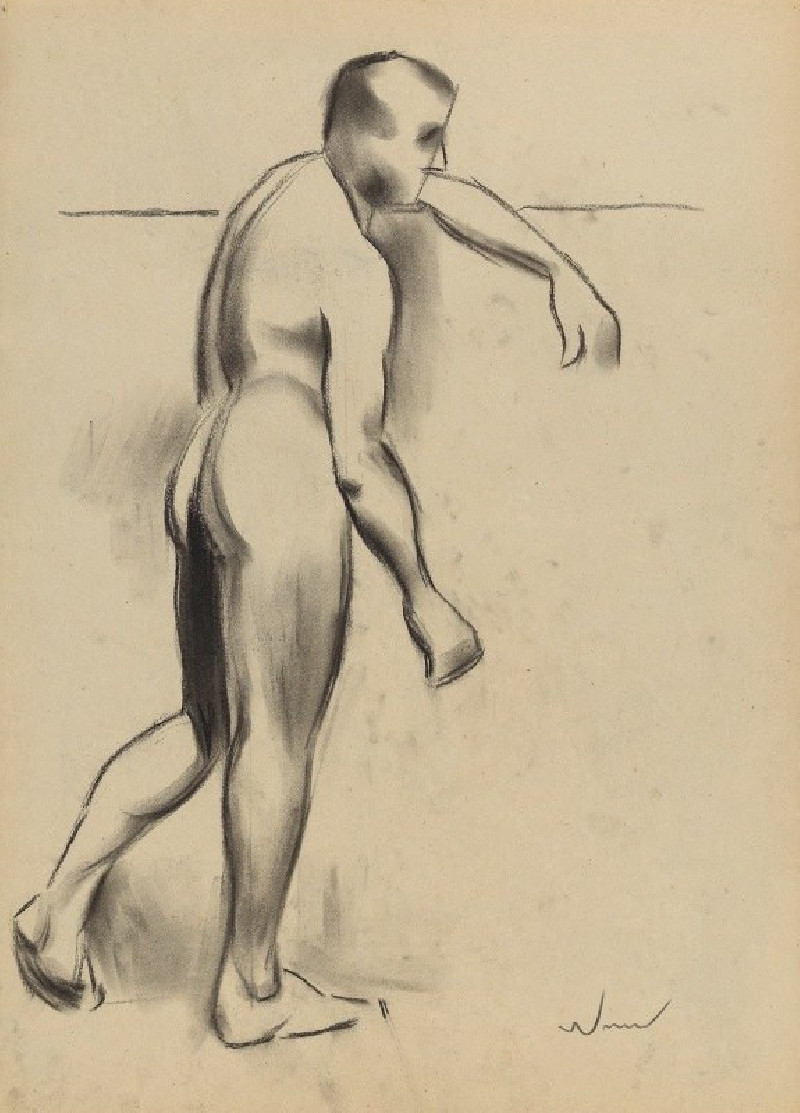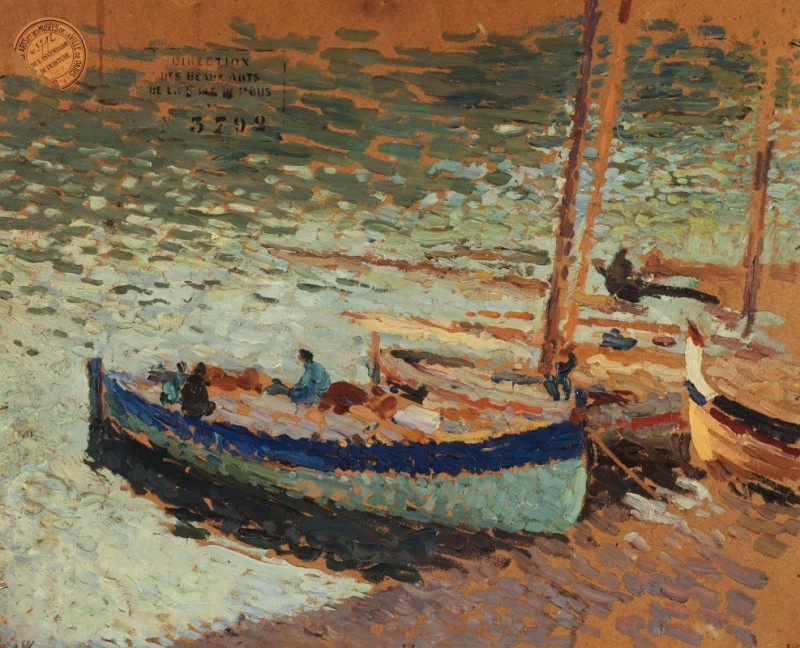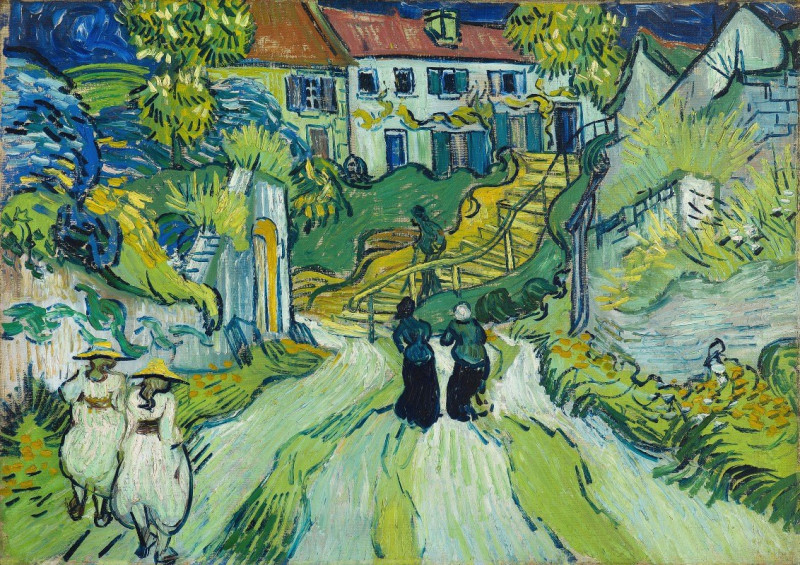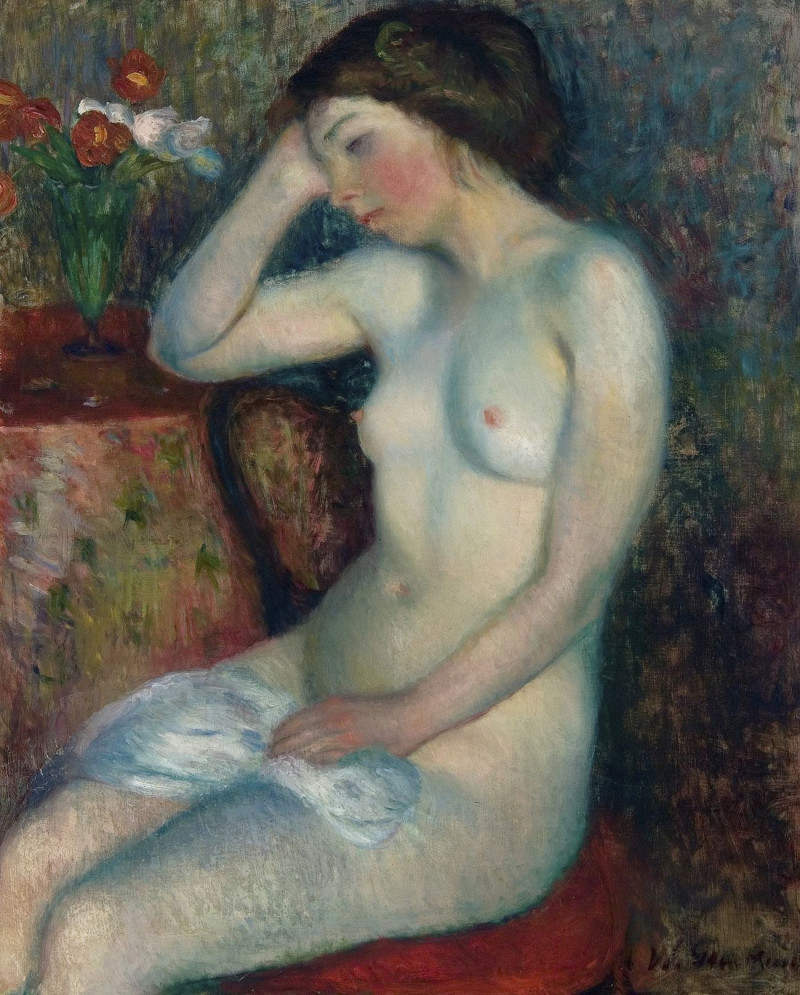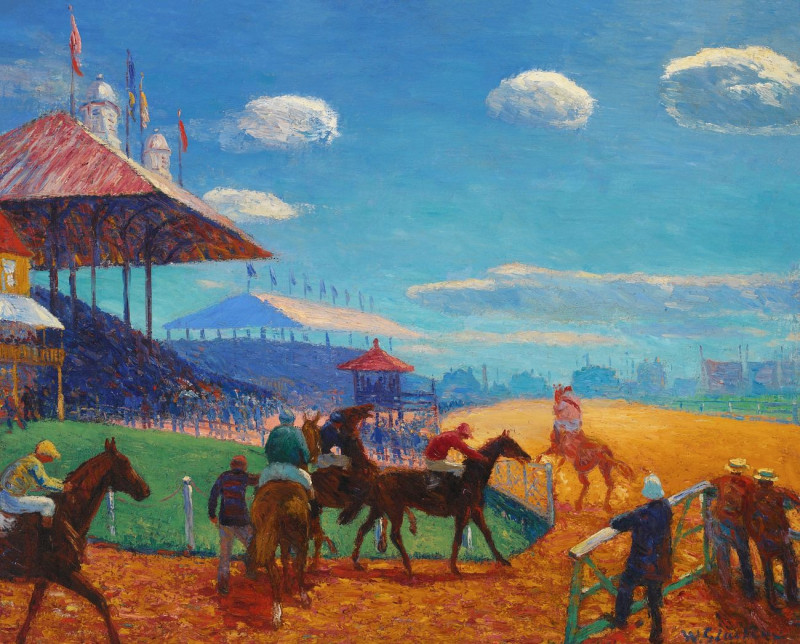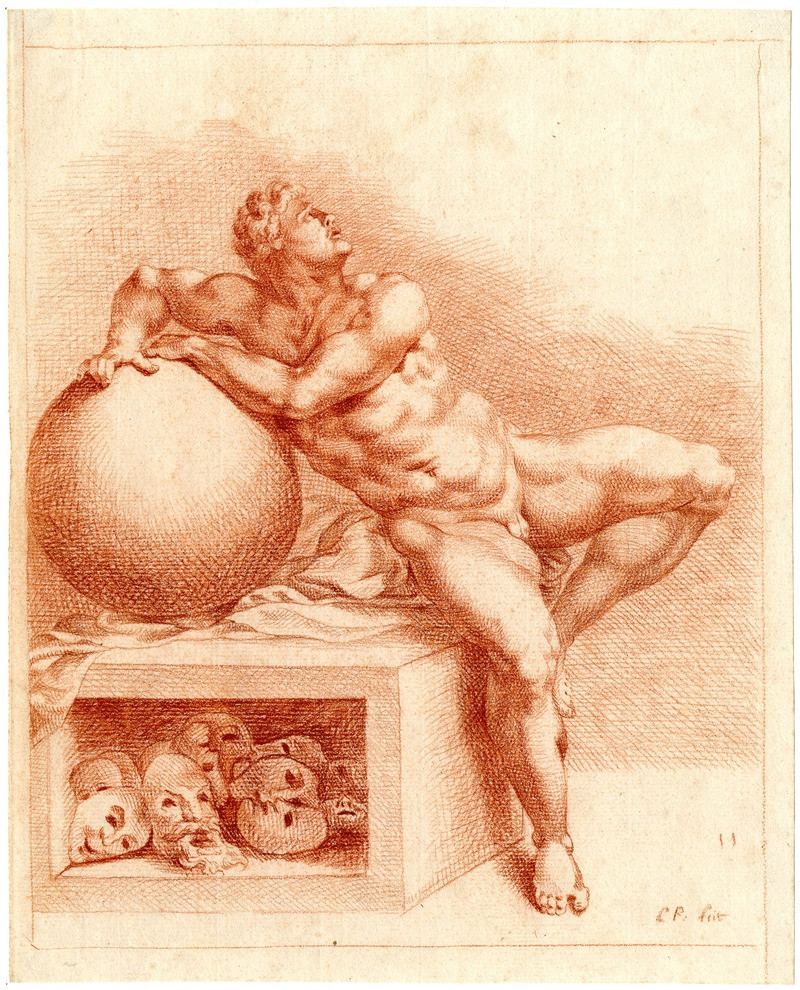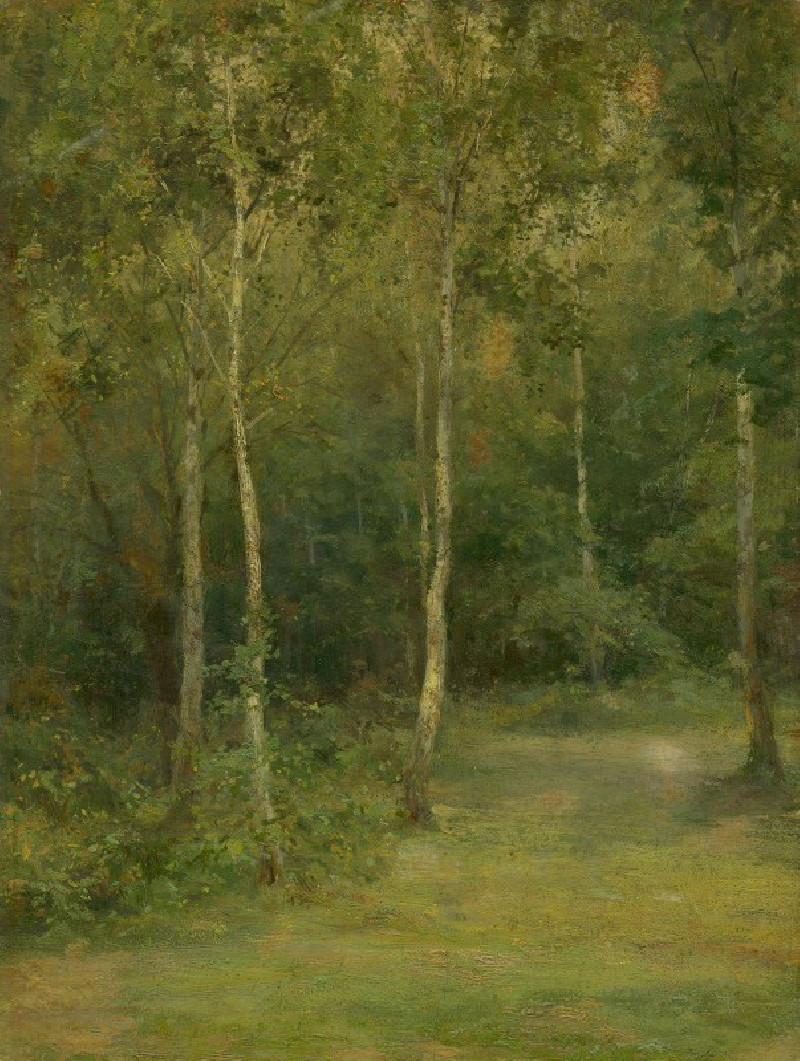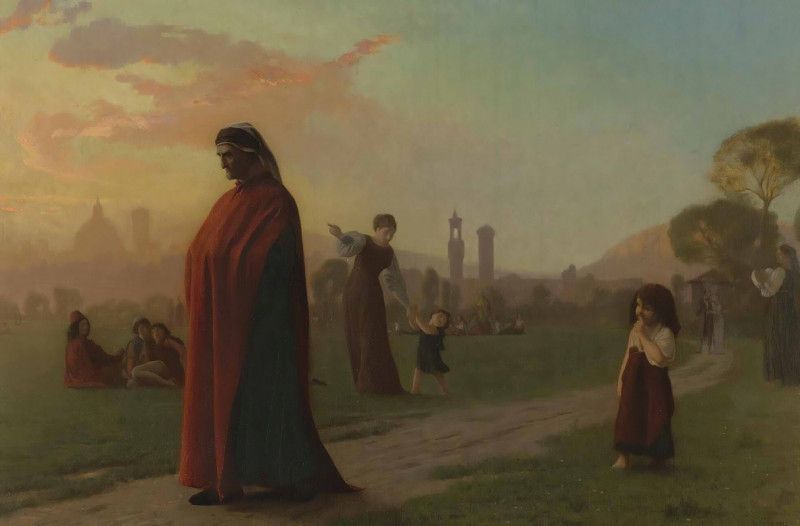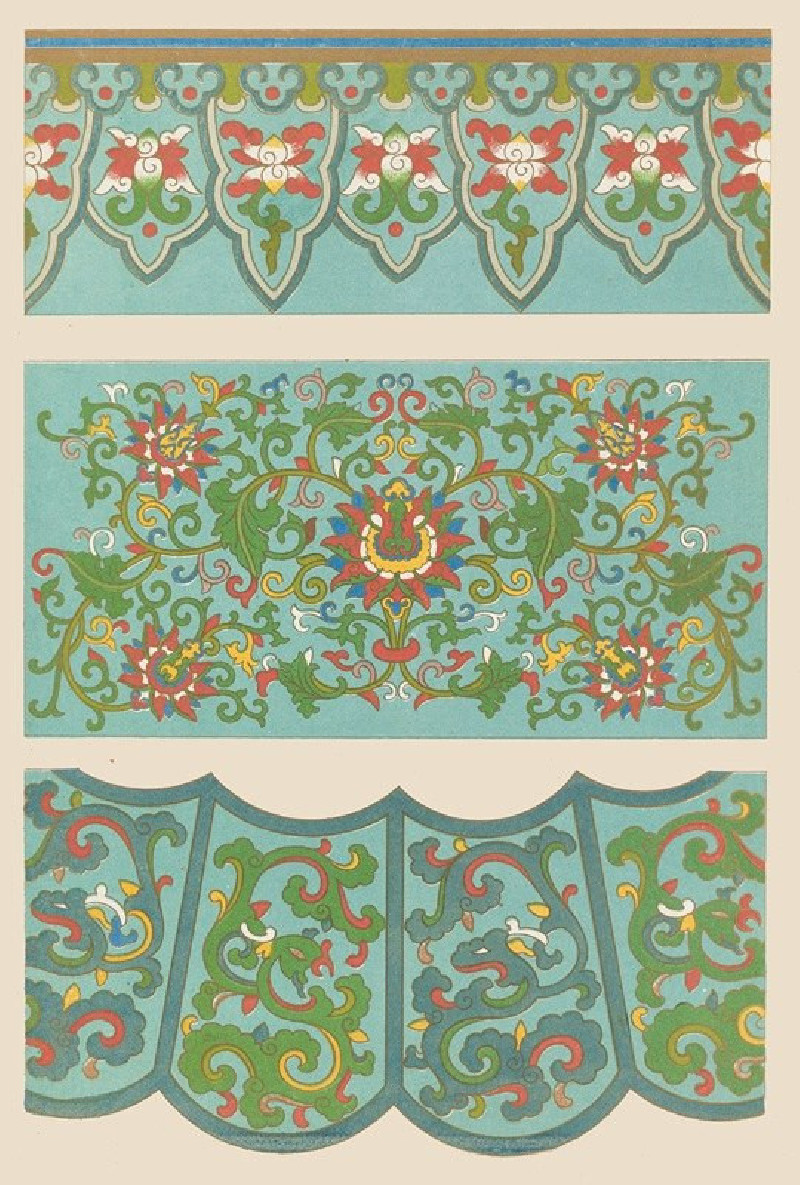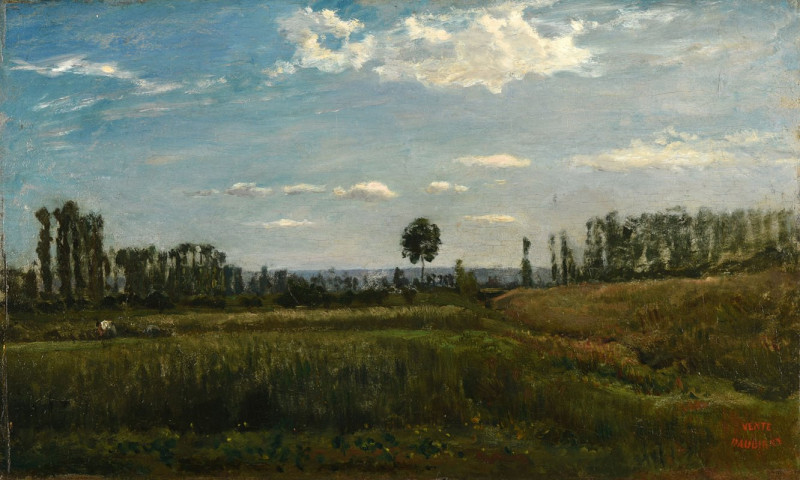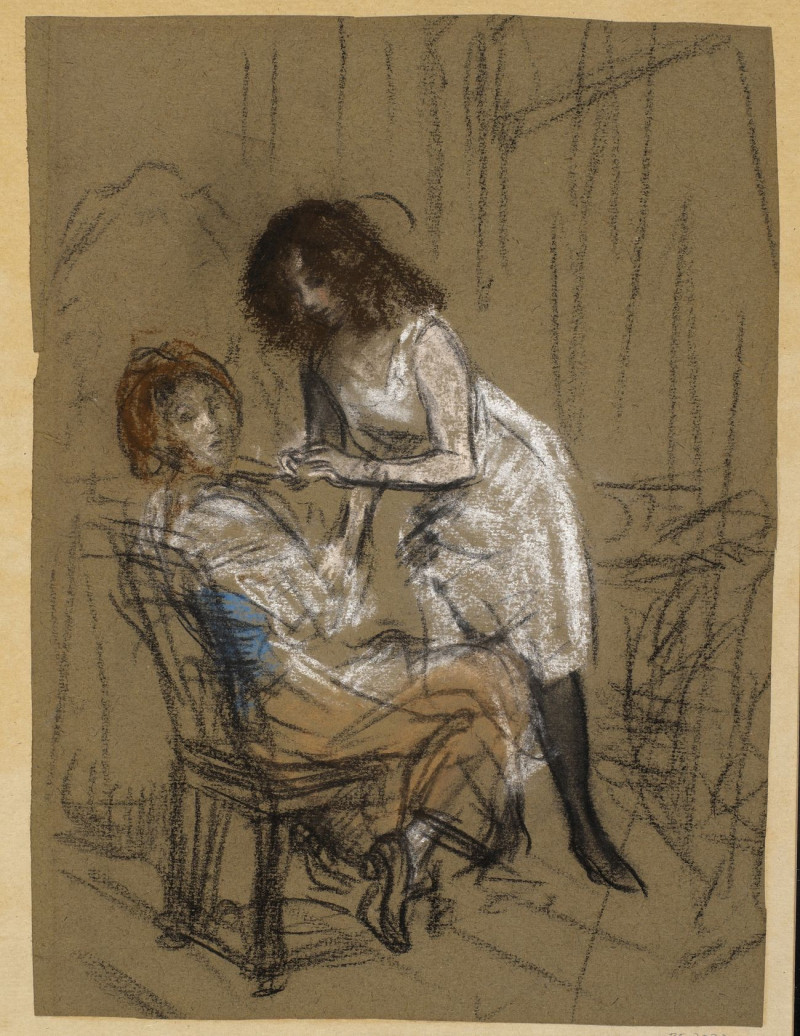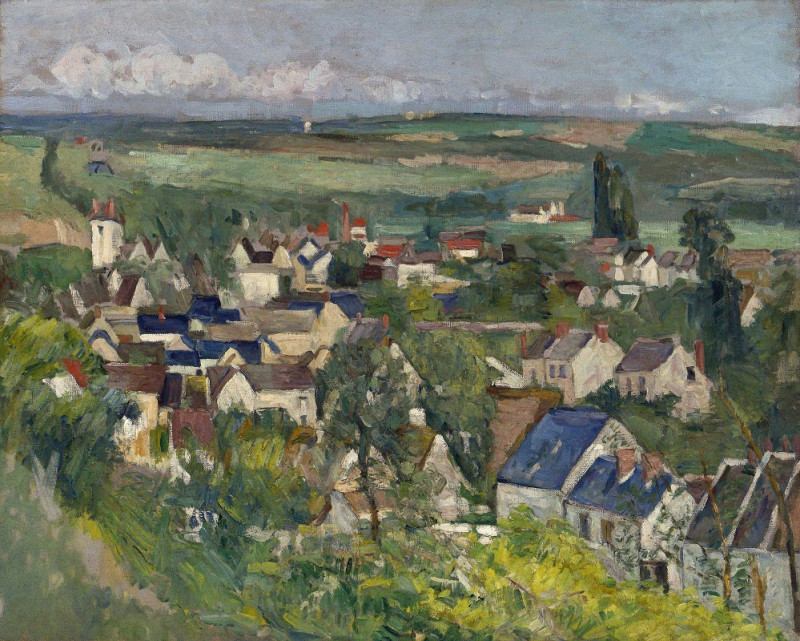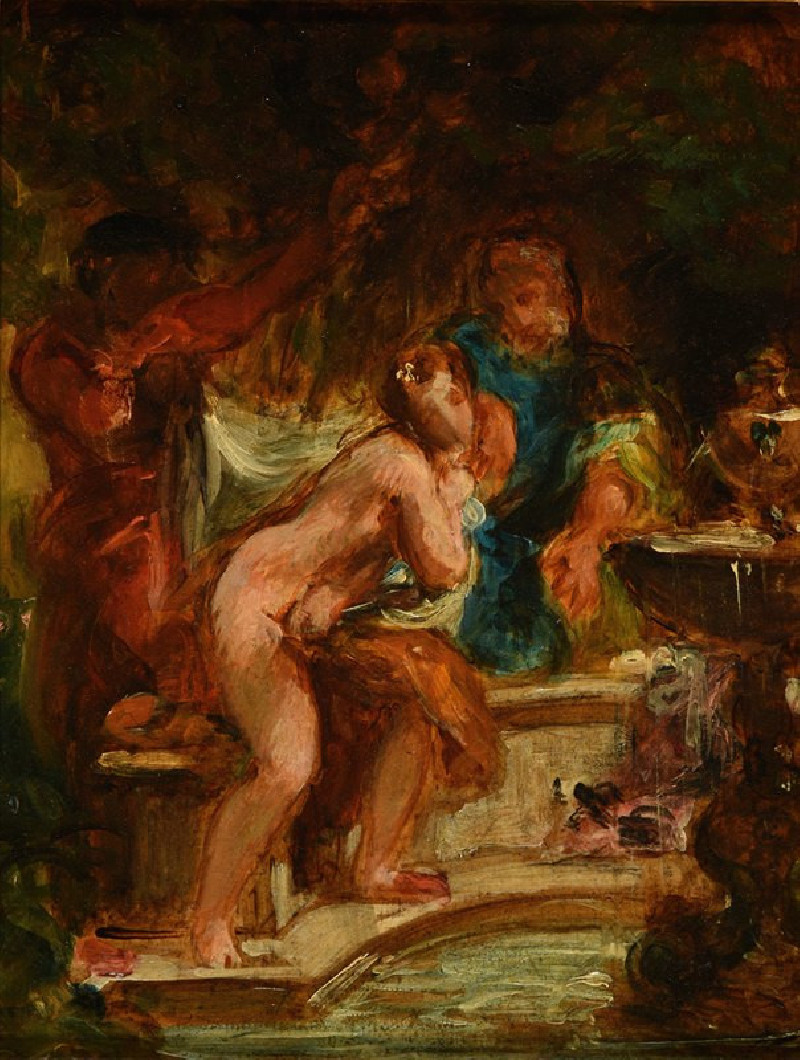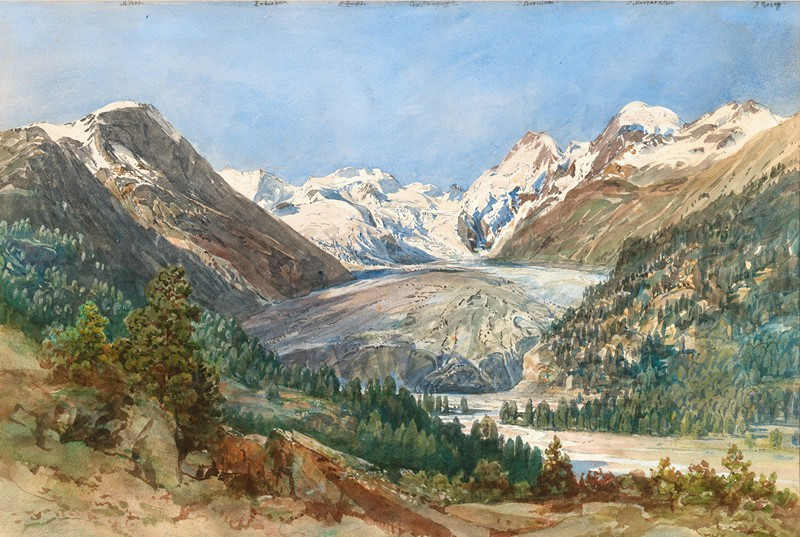männlicher Akt III
Technique: Giclée quality print
Recommended by our customers
More about this artwork
Karl Wiener’s evocative charcoal work “Männlicher Akt III” masterfully captures the essence of masculine vitality through its dynamic portrayal of the male form. The artist uses confident, sweeping strokes to outline the muscular contours, creating a powerful tension within the subject's posture. The figure, captured from behind and in mid-stride, conveys movement and raw energy.Wiener’s adept use of shading brings out the lithe strength and flexibility of the human body. The thoughtful abstraction of the background lets the viewer focus entirely on the dramatic presence of the male figure. The simplicity of the horizontal line suggests a timeless, universal setting that underscores the figure's timeless physicality.“Männlicher Akt III” invites viewers to ponder over the nuances of human motion and form, emphasizing a classic theme in art in a modern, expressive manner. This piece can be appreciated not only for its aesthetic beauty but also as a profound study of human anatomy and emotions, revealed through the artist's skilled hand.

